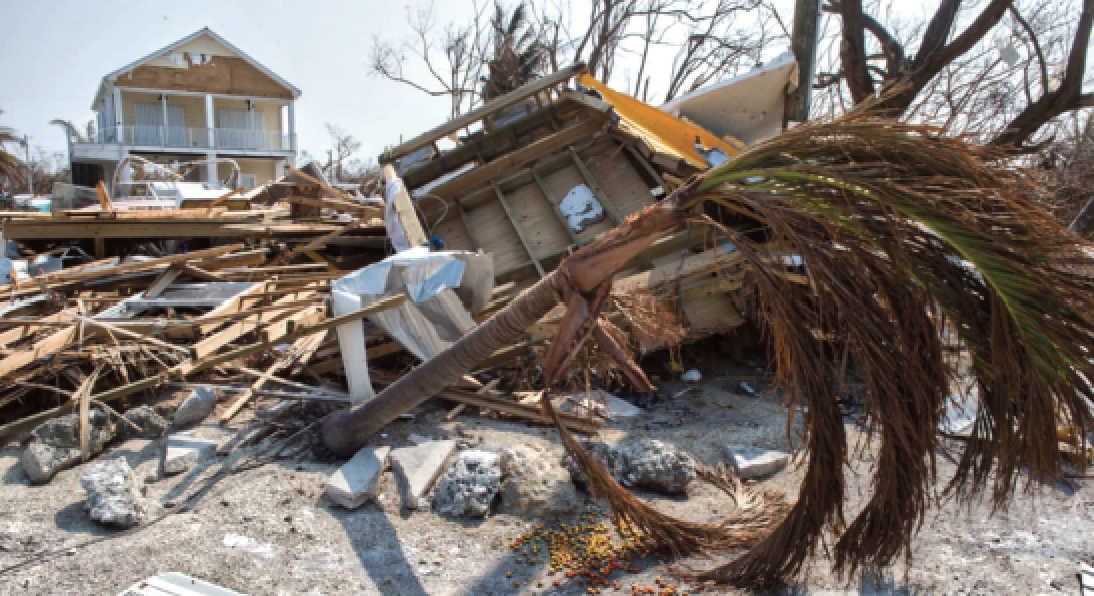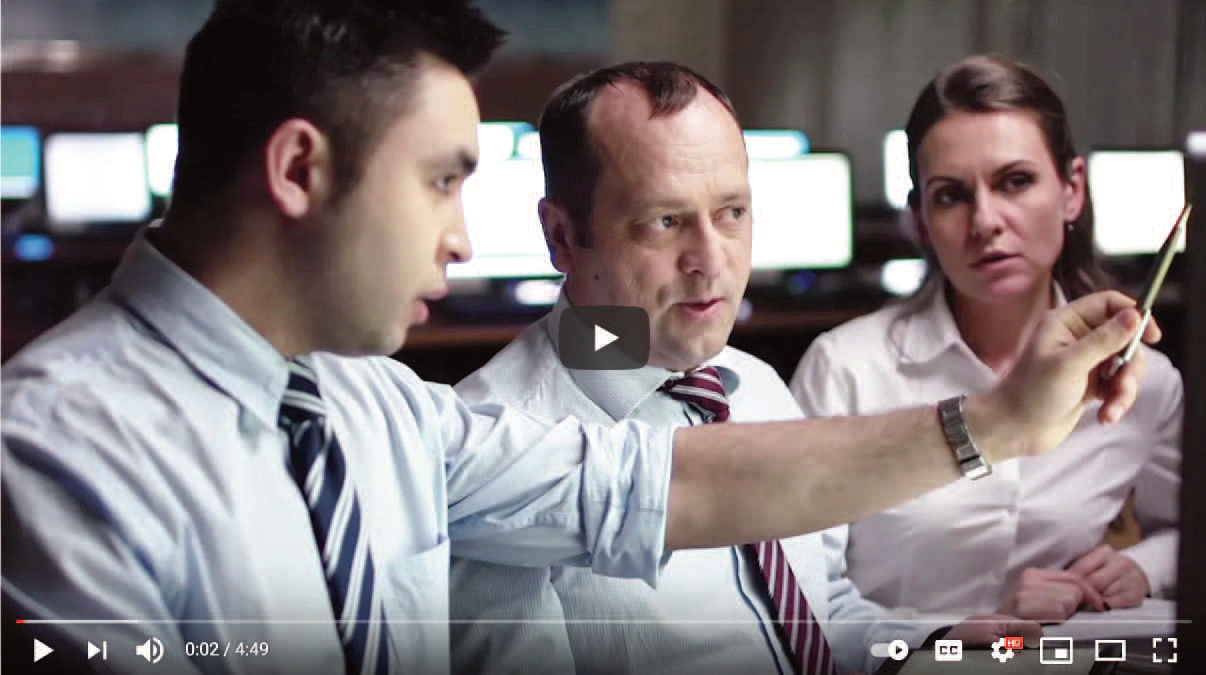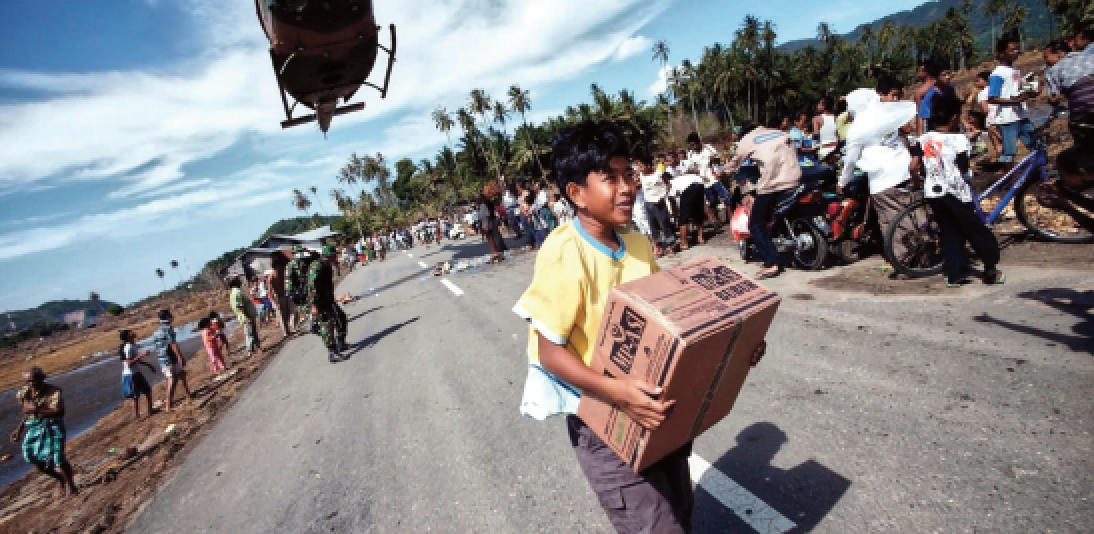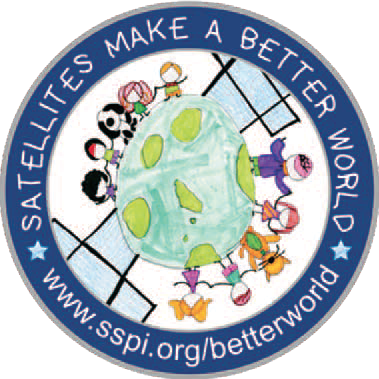When disaster strikes, people’s lives are on the line — from wrecked homes and flooded roads, fallen trees and downed power lines, the picture is always distressing — people fleeing devastated locations. We rush to donate whatever might be of some help — money, food, blankets, tents and so on. Aid groups and governments initiate their rescue and recovery plans and put them into action.
Donations and plans are good — however, one more element is needed, and that is information. The correct information helps aid groups and governments act smarter and faster in providing assistance for those suffering from the effects of natural and man-made disasters.
Information allows first responders to activate the correct plans and apply them in the needed locations. Information allows coordination that turns good intentions into actionable results.

When Disaster Strikes Twice
In September of 2017, Hurricane Irma struck the Caribbean islands. It was a Category 5 storm with winds of up to 280 miles per hour that destroyed hundreds of thousands of homes and leveled tourist hotels. A frightening scene: Power and communications networks collapsed; roads, bridges and hospitals heavily damaged. This was one of the worst storms in Caribbean history — until just two weeks later, when another Category 5 storm, Hurricane Maria, blasted through the region and leveled the countries of Dominica and Puerto Rico.
How on Earth do you deal with an emergency such as that? You have to receive information fast, fast, fast. Where do people need help? Which roads are open? What infrastructure remains standing? Where are food and medical care needed most and where are these supplies located?

Watch the SSPI Better Satellite World video at this direct link...
Satellite Companies Respond
The United Nations World Food Program is the lead agency of the Emergency Telecommunications Cluster. Responding to the disaster, it requested support from emergency.lu. That’s a public-private partnership between the Government of Luxembourg and three companies — SES, HITEC Luxembourg and Luxembourg Air Ambulance.
Emergency.lu includes a quickly deployable, satellite-based communications platform and installs systems on the ground as well as bandwidth in the sky to re-establish communications for emergency responders. Luxembourg provides this satellite-based service as a free, public good to the humanitarian community across the globe.
In Saint Martin, Irma heavily damaged the international airport — and that destruction created a choke point for incoming relief from around the world.
Civil protection volunteers from Luxembourg established an emergency.lu Rapid Deployment Kit at the airport, comprise of an inflatable satellite antenna that fit into airline luggage and then deployed within 30 minutes. An SES satellite providing C-band capacity gave first responders a vital link to the world, and the airport soon returned to operations.
In Dominica, Hurricane Maria caused an estimated billion dollars’ worth of damage. To manage island-wide relief efforts, emergency.lu set up antennas at two humanitarian coordination centers on the east and west coasts of the island.

Disaster relief photo is courtesy of SES.
Getting the Message Out
Relief workers gained voice, email and internet connections to share data on where people needed help and what was needed most as far as relief supplies and assistance were concerned.
These first responders reported on closed roads to help others find a way around damaged infrastructure that blocked passage. They shared pictures captured by satellite that enabled rescuers to map the damage, estimate needs and target relief efforts.

For the next four months, emergency.lu backed up local government and international agencies in their recovery work. Satellite made it possible for decisions made in capital cities and faraway offices to be executed as quickly as humanly possible in the field.
When disaster strikes, making certain that help reaches those in need takes more than compassion. Critical, real-time information is required as well as the ability to reliably connect anywhere, at any time — only satellite can deliver such necessities.
www.sspi.org
Produced for SatMagazine by Space & Satellite Professionals International.
See more stories and videos of satellite making a better world at www.bettersatelliteworld.com

